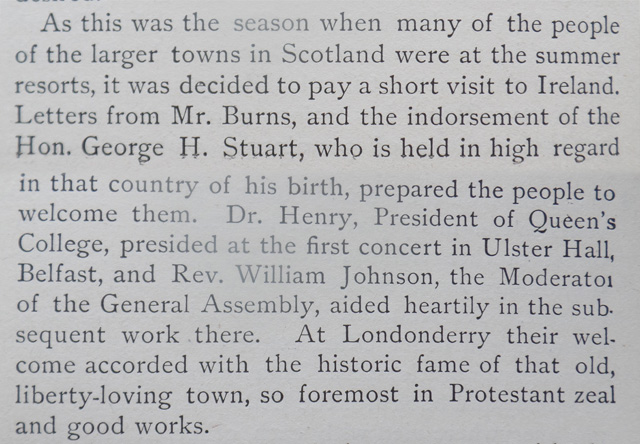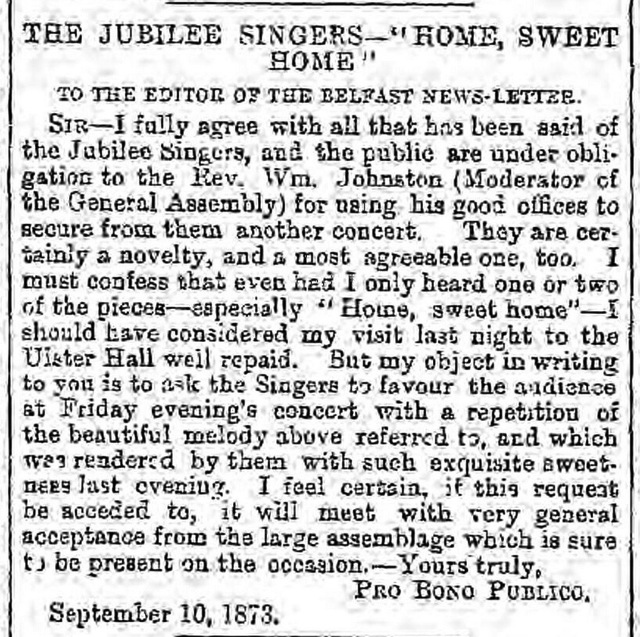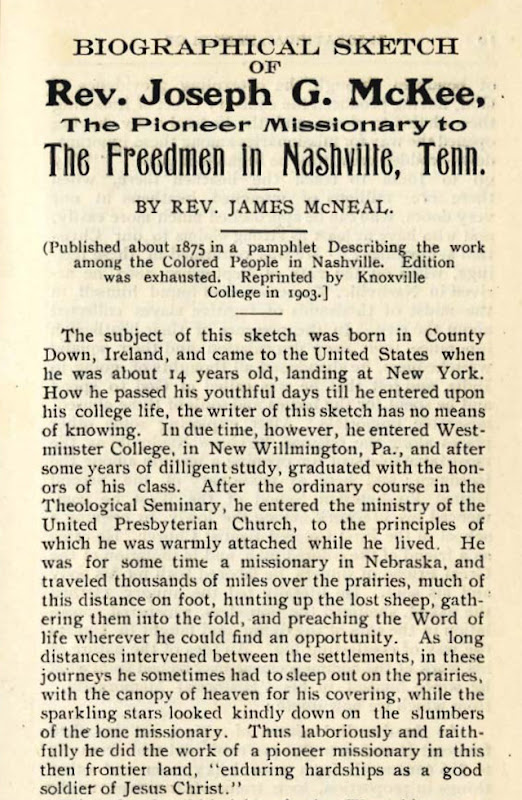
That's not my picture!
Back at the end of June we took a weekend in Scotland to we could do a trip to Staffa, the Scottish end of the Giant's Causeway, and a lifelong ambition of mine. The aim was to go on the weekend with the longest day, so we could enjoy sitting outside till 11pm and beyond in near daylight. Despite that plan, it was damp and overcast, but we made the most of it. Don't go to Scotland looking for sunshine!
It is a good job for the Northern Ireland Tourist Board that Staffa takes a bit of effort and money to get to, because it is far more impressive than the Causeway. It has no visitor centre, just breathtaking terrain miles from the mainland. Here's how we did it. After flying from Belfast to Glasgow, we hired a car and drove 2hrs north to Oban.
1. Stay in Oban the night before
Oban is a popular small Victorian resort town which the ferry terminal does not detract from, with lots of hotel options, but taking a family of 5 is pricey. The best deal we could find was The Royal Hotel in the middle of the town, who had a family room which would sleep five people. A lovely place, and a few weeks after we were there, Roman Abramovich visited on his cruise of the Western Isles.
• B&B per night for the room was £180 x 2 nights = £360.00


2. Book the Oban to Mull Ferry well in advance
I had foolishly assumed a ferry to the isles would be regular, and just a case of turning up for the sailing. Nope. There are 7 sailings per day (timetable here) We just managed to get one of the last remaining tickets for the 7.30am ferry from Oban to Craignure. Sailing time was 45 minutes and the ferry was a pretty good standard, not unlike the P&O boat from Larne.
• Cost for car + 5 was £129.85 return
Arriving at misty Craignure 
We then drove from Craignure to Tobermory (22 miles, took about 45 minutes), got some grub there in a nice wee café at the seafront, and then drove back to Craignure. The drive is brilliant, like a car advert in places, with views to Ardnamurchan Point. Having retraced our drive back to Craignure we then headed to Fionnphort. That drive took an hour, most of it was on single track roads.

Abandoned boats on the road to Tobermory 
3. Book a trip from Fionnphort to Staffa with Staffa Tours
Arriving at Fionnphort was lovely, small and unspoilt harbour, with Iona and Iona Abbey just across the Sound. There were crowds of people there, easily 200 or so, all waiting for the Calmac ferry to Iona. As we waited 3 coachloads more arrived. We boarded the Staffa Tours boat - probably the cleanest small boat I have ever been on, excellent service, and smooth sailing.
• The cost for 2 adults and 3 children was £105.00 return
Creels at Fionnphort 
Calmac Ferry to Iona, and Staffa Tours boat arriving 
Onboard the Staffa Tours boat 
4. Sailing to Staffa
There were maybe 50 or 60 people on the boat, mostly from Spain but some from New Zealand as well as Scots. Sailing through the sound which separates Iona and Mull was quiet, misty, and serene. Then it was about 30minutes across the open sea to Staffa - which due to the mist we didn't see until we were almost there. It loomed out of the mirk like a scene from Jurassic Park.

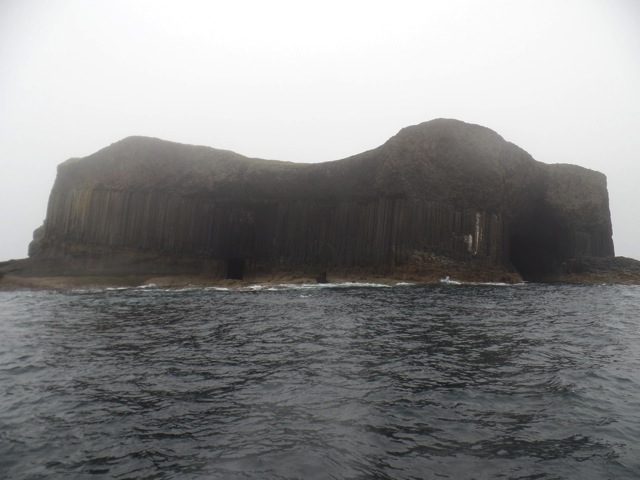
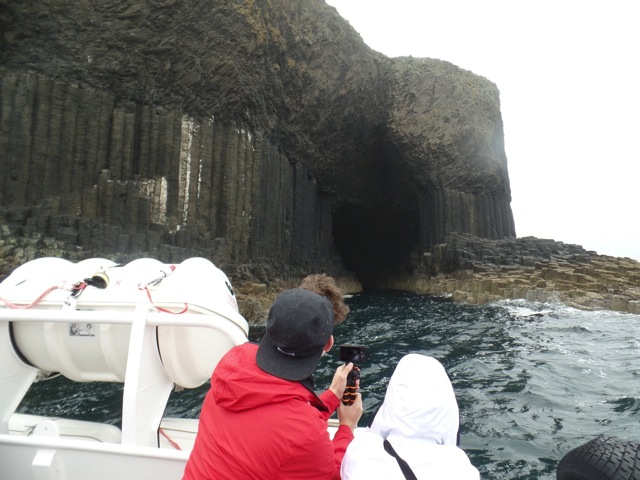




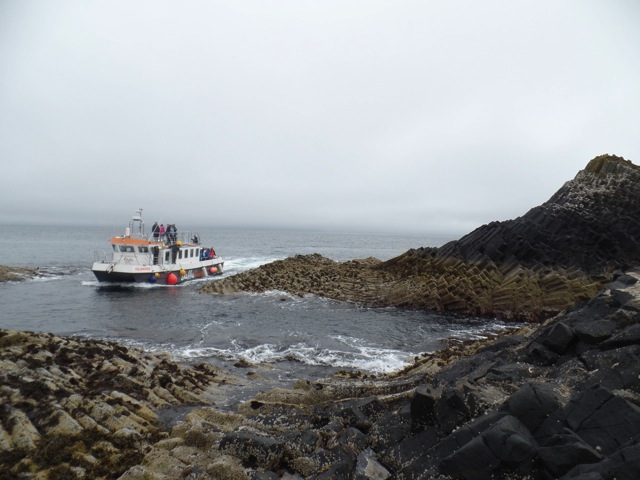
5. On Staffa
Initially, the boat backed up into the mouth of Fingal's Cave, which was a remarkable sight. The concrete steps at the landing stage led up to the grassy top of the island – the walkway route to Fingal's Cave was just a trek along the hexagonal basalt and only a handrail. It was a bit scary in places, maybe because of the suffocating health & safety culture we have all got used to in modern life, but it was also exhilarating. We could have stayed longer on Staffa – we only got around an hour there.








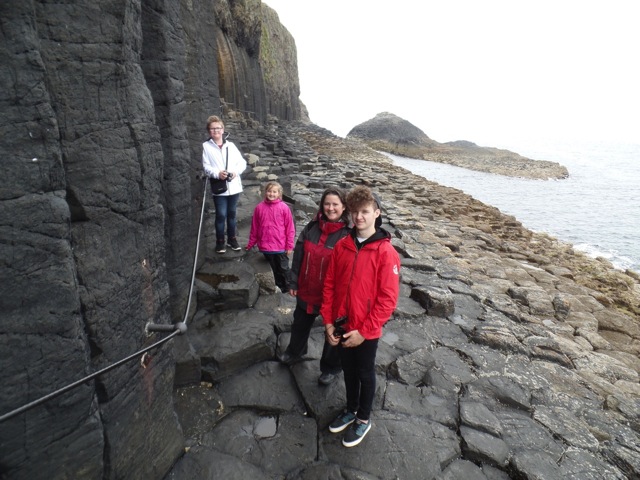
In terms of the cost, as you can see it's not a cheap family holiday. To these costs you have to add flights, car hire, petrol and food. Despite this, I would recommend anyone to go to Staffa, it's definitely worth doing - but it would be better in clear weather, where the rock formations would have more contrast. You might also get to see the dolphins and puffins which usually appear in better weather.
Belfast artist Joseph William Carey's paintings of Staffa, circa 1900

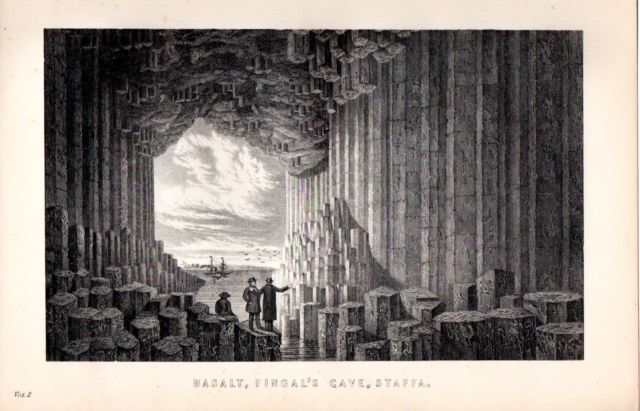
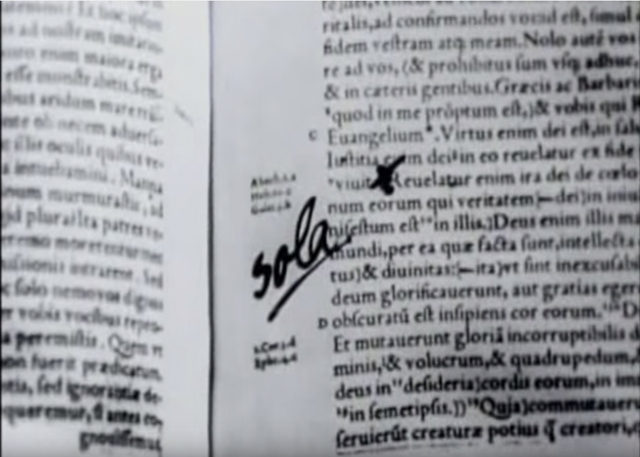



 Above: an Edwarded Prins Anglie sword, from the collection of
Above: an Edwarded Prins Anglie sword, from the collection of 



























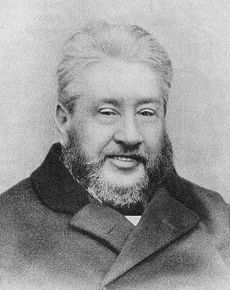















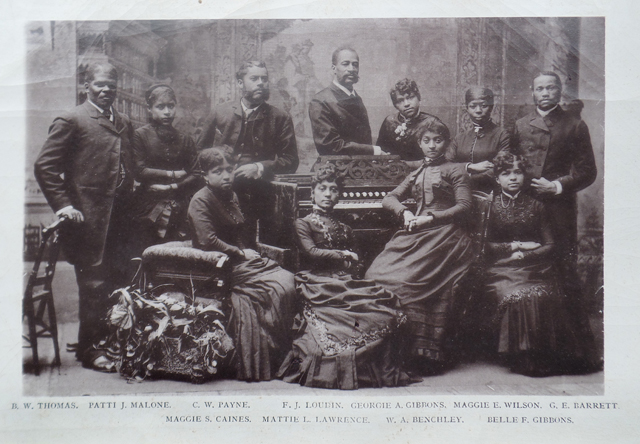 The Fisk Jubilee Singers come to Ulster
The Fisk Jubilee Singers come to Ulster 
